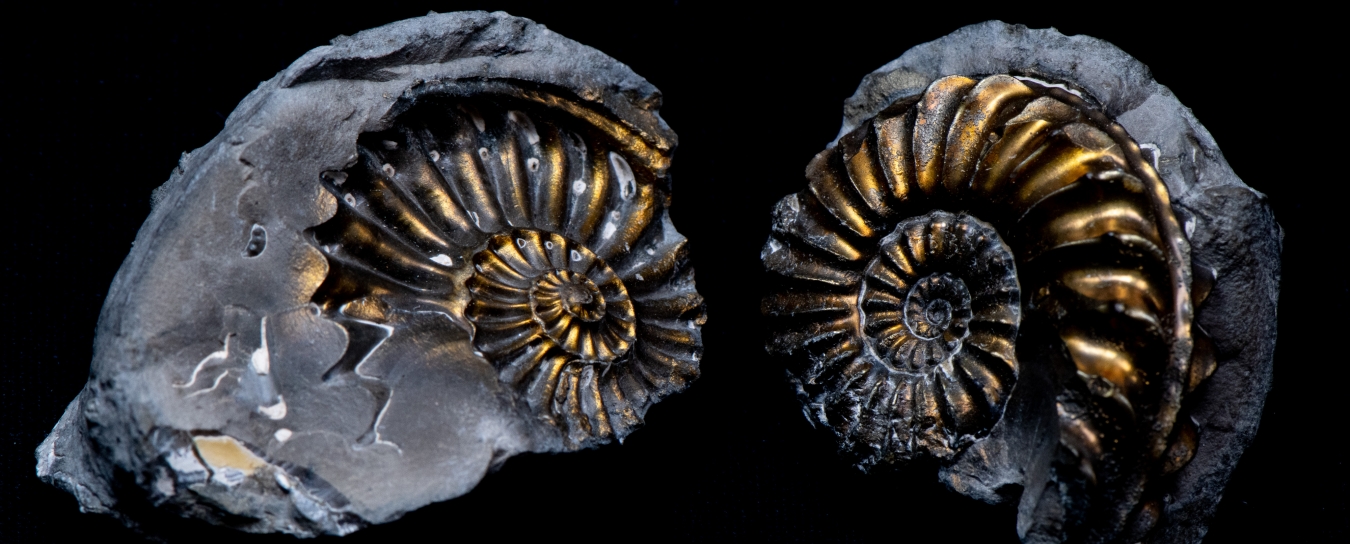
Rocks & Fossils
Check out our rock and fossil FAQ for smart collecting tips, information about some local rock formations, and advice about fossil eggs and meteorites.
- Anthropology
- Rocks & Fossils
- Invertebrates
- Vertebrates
- Botany
- Astronomy
- Fungi
- General
- Recently Asked
Meteorite or Meteor-Wrong?
While beach combing one day, we found a large rock that looked rusted, and when we picked it up it was very heavy. A few chucks of the outer layer fell off and revealed a metallic interior. We brought it home, noting the rusty parts on the outside and how shiny the inner layer was when rubbed even slightly. We found that it was also magnetic, and when we did a streak test on the unglazed bottom of a ceramic mug we found that the streaks were light grey from the exposed inner layer and rusty brown for the outside layer. We were wondering if we truly did find a meteorite or not?
Curator Response
Hi Bree,
Thanks for sending us your interesting find! When it comes to metorites and meteowrongs, we highly recommend the resources shared by lunar geochemist Randy Korotev, Ph.D., of the Department of Earth and Planetary Sciences at Washington University in St. Louis. Dr. Korotev shares a handy flowchart created by a group of Brazilian scientists: https://sites.wustl.edu/meteoritesite/items/self-test-check-list/
Your discovery makes it partway through the flowchart, but the layering we see in these pictures doesn't look like the kind of thin, dark crust we are used to seeing on meteorites (mentioned in box 4 of the flowchart). It doesn't look black, shiny, or melted enough to have flown burning through our planet's atmosphere on a torturous journey to the ground.
However, the geologists among us think it's a pretty neat rock! If you would like more information concerning its (likely) earthly origin, please reach out to Nature Education Manager Sabina Thomas, Ph.D., at sthomas@sbnature2.org. Dr. Thomas is a geologist by training and loves to meet new rocks.
Stay curious,
Dibblee Curator of Earth Science Jonathan Hoffman, Ph.D., and colleagues


